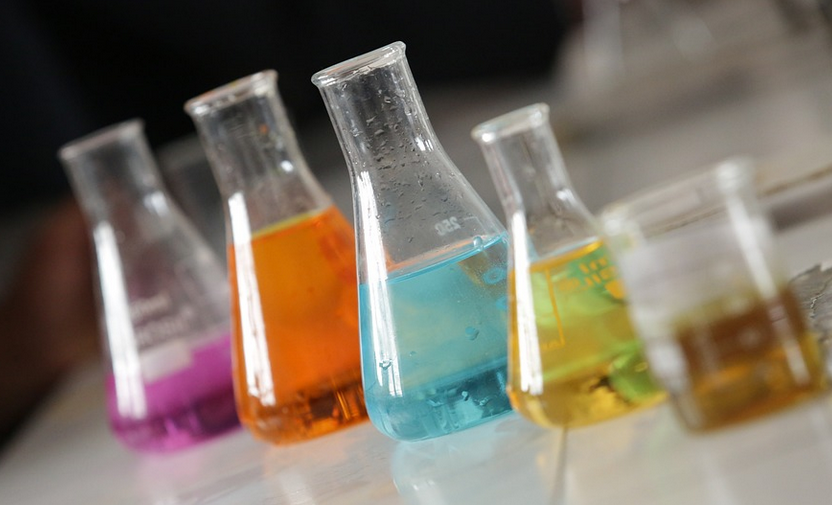Introduction
Have you ever heard of an egg in vinegar experiment? It’s a fascinating and fun way to learn about the chemical reaction between acid and calcium carbonate. If you’re curious about what happens when you put an egg in vinegar for 24 hours, then you’re in the right place. In this article, we’ll explore the science behind this experiment and give you some tips to try it at home.
What You Need
Before we dive into the experiment, let’s talk about what you need. You’ll need a few simple things that you probably already have in your kitchen: – A fresh egg – White vinegar – A clear glass or jar – Paper towels
The Experiment
Now that you have everything you need, it’s time to get started. Here’s how to do the egg in vinegar experiment: 1. Place the egg in the clear glass or jar. 2. Pour enough vinegar to cover the egg completely. 3. Cover the glass or jar with a paper towel and let it sit for 24 hours. 4. After 24 hours, carefully remove the egg from the glass or jar and rinse it gently with water.
What Happens?
So, what happens when you put an egg in vinegar for 24 hours? The vinegar reacts with the calcium carbonate in the eggshell, causing it to dissolve. This leaves the eggshell soft and rubbery, while the egg inside remains intact. You’ll be able to see through the egg and even bounce it gently on a flat surface.
The Science Behind It
The eggshell is made up of calcium carbonate, which is a base. Vinegar is an acid, which means it has a high concentration of hydrogen ions. When you put the egg in vinegar, the acid breaks down the calcium carbonate in the eggshell, releasing carbon dioxide gas. This reaction creates calcium acetate, water, and carbon dioxide.
Why It’s Important
The egg in vinegar experiment is a great way to learn about chemical reactions and the properties of acids and bases. It’s also a fun and easy experiment to do at home with kids or as a science project. Plus, it’s a great way to use up any leftover vinegar in your kitchen!
Tips for Success
Here are some tips to help you get the best results with your egg in vinegar experiment: – Use fresh eggs for the best results. – Make sure the egg is completely covered in vinegar. – Use a clear glass or jar so you can see the changes happening. – Be patient and let the egg sit for the full 24 hours. – Be gentle when handling the egg after it’s been soaked in vinegar.
Conclusion
The egg in vinegar experiment is a fun and educational way to learn about chemical reactions and the properties of acids and bases. So, grab an egg, some vinegar, and a clear glass or jar, and give it a try! Who knows, you might discover something new and exciting in the process.

